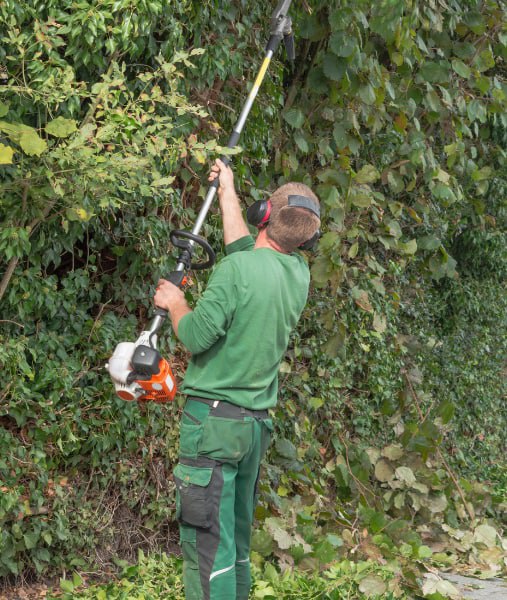
Introduction: Urban forests are a vital component of our cities and towns, providing numerous benefits such as improved air quality, shade, wildlife habitat, and aesthetic beauty. However, maintaining a healthy and resilient urban forest requires more than just planting trees. It involves careful consideration of tree species diversity. In this blog post, Faversham Tree Surgeons will explore the importance of tree species diversity in creating balanced and sustainable urban forests.
Why Diversity Matters
- Resilience to Pests and Diseases:
- A diverse urban forest is less susceptible to widespread damage from pests and diseases. Monocultures, where a single tree species dominates, can be devastated by a specific threat that targets that species.
- Climate Adaptation:
- A variety of tree species can better adapt to changing climate conditions. Some species may be more drought-tolerant, while others thrive in wetter conditions. Diversity ensures that some trees will endure.
- Improved Ecosystem Services:
- Different tree species provide a wide range of ecosystem services. Some may be better at absorbing pollutants, while others are preferred habitats for various wildlife.
- Aesthetic and Cultural Value:
- A diverse urban forest adds visual interest and cultural richness to a cityscape. Various tree species offer different colours, shapes, and seasonal characteristics.
- Reduced Risk of Overpopulation:
- Overplanting a single species can lead to overcrowding, resource competition, and a shorter tree lifespan. Diversity helps maintain a balanced urban forest.
Planning for Diversity
- Assess Local Conditions:
- Consider the local climate, soil type, and available space when selecting tree species. Some trees thrive in specific conditions, so matching the right tree to the right place is essential.
- Select Native Species:
- Native trees are well-adapted to local conditions and support local wildlife—Prioritise native species when possible.
- Mix of Growth Habits:
- Include trees with varying growth habits, such as deciduous and evergreen, tall and short, and fast-growing and slow-growing.
- Consider Seasonal Interest:
- Incorporate trees that provide visual interest throughout the seasons, with spring blossoms, summer shade, autumn foliage, and winter structure.
- Diversify Tree Age and Size:
- Plant a mix of young and mature trees to create a varied canopy. This adds resilience and aesthetic appeal to the urban forest.
- Regular Monitoring:
- Continuously assess the health and condition of the urban forest to identify and address issues promptly.
Conclusion: Creating and maintaining a balanced urban forest with tree species diversity is crucial for our cities’ long-term health and sustainability. Faversham Tree Surgeons emphasises the significance of thoughtful planning and management in achieving a resilient and beautiful urban forest that can thrive despite changing environmental conditions. We can enjoy the many benefits of a thriving urban forest for generations by prioritising diversity in tree planting and care.
Call us on: 01795 718991
Click here to find out more about Faversham Tree Surgeons
Click here to complete our contact form and see how we can help with your tree’s needs.